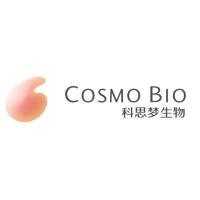For Castanea sativa (European chestnut), a species with recalcitrant seeds that is not easily propagated vegetatively, cryopreservation is one of the most promising techniques for maintaining genetic resource diversity and for conservation of selected germplasms. Long-term conservation of selected seeds and valuable embryogenic lines can be achieved through the cryopreservation of zygotic embryonic axes and somatic embryos, respectively. This chapter describes methods for the desiccation-based cryostorage of zygotic embryonic axes, and the vitrification-based cryopreservation of somatic embryos. For zygotic embryonic axes, the highest post-thaw survival and plantlet recovery rates are obtained by desiccation in a laminar flow hood to 20–25% moisture content, followed by direct immersion in liquid nitrogen. For somatic embryos, embryogenesis resumption rates of over 60% are achieved by preculture of embryo clumps for 3 days on solid medium containing 0.3 M sucrose, incubation in PVS2 vitrification solution for 60 min at 0�C, and direct immersion in liquid nitrogen. Plantlet recovery from cryostored embryogenic lines requires proliferation of the thawed embryos and subsequent maturation before germination and conversion into plantlets.






